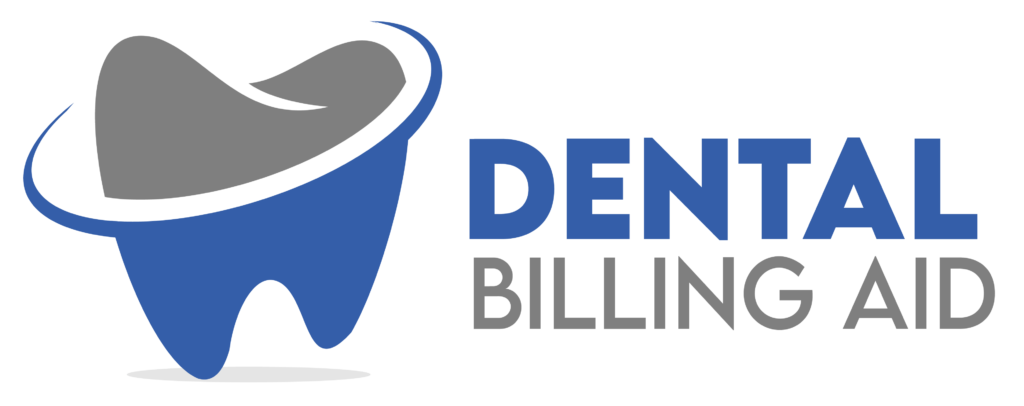Introduction: The New York Billing Landscape
For dental practices in New York, the business of providing patient care is inextricably linked to the complex process of insurance billing and revenue cycle management. Unlike many other states, New York presents a unique regulatory environment characterized by strict Medicaid compliance, a wide variety of commercial and Medicare Advantage plans, and specific rules concerning issues like the Coordination of Benefits (COB) and timely filing. For dental billing services—whether in-house or outsourced—mastery of these local nuances is the key to maximizing revenue and avoiding costly audits.
Challenge 1: The Medicaid Maze (eMedNY)
New York State’s Medicaid program is a significant payer for many dental practices, but it is accompanied by stringent compliance requirements managed through the eMedNY system.
- Mandatory Electronic Submission: Most Medicaid claims must be submitted electronically using the HIPAA 837 Dental (837D) transaction. Providers must maintain a valid Electronic/Paper Transmitter Identification Number (ETIN) and annually renew a notarized Certification Statement.
- Coordination of Benefits (COB): New York Medicaid requires meticulous reporting of third-party liability (TPL) payments, especially those involving Medicare Advantage plans (Medicare Part C). If a Medicare Advantage plan makes a payment greater than zero, the claim must be submitted electronically, and providers must accept the combined Medicare Part C and Medicaid payment as payment in full.
- Audits and Oversight: The Office of the Medicaid Inspector General (OMIG) and the Medicaid Fraud Control Unit (MFCU) actively monitor billing. Practices must maintain impeccable documentation (supported by clinical notes and proof of medical necessity) to justify services and avoid allegations of fraud, such as upcoding or unbundling.
Challenge 2: Payer Diversity and Credentialing
The New York market features a dense mix of commercial dental insurance carriers, each with its own rules, fee schedules, and timely filing deadlines. Major payers include Delta Dental, Aetna, Cigna, MetLife, EmblemHealth, and Empire BlueCross BlueShield.
- Timely Filing: Most New York payers, including Medicaid, enforce strict 90-day timely filing deadlines. Missing these deadlines almost guarantees a claim denial.
- Credentialing Barrier: Before a practice can bill an insurer, the dentists must be credentialed—a process that is notoriously lengthy in New York, often taking 90 to 120 days for major carriers and state programs. Billing services frequently specialize in fast-tracking this crucial enrollment step for new practices.
- Coding Complexity: Accurate use of the current year’s Current Dental Terminology (CDT) codes is non-negotiable. Furthermore, dental billers must often use medical cross-coding (CPT and ICD-10-CM codes) for procedures that fall under medical necessity (e.g., extractions before certain medical treatments), adding another layer of expertise required.
The Outsourcing Trend: A Cost-Effective Solution
The administrative burden and financial risk associated with New York’s complex billing environment have fueled a significant trend toward outsourcing.
| Factor | In-House Biller (Avg. NY Salary) | Outsourced Billing Service |
|---|---|---|
| Annual Cost | ∼ $59,000 + benefits & overhead | Fee based on collections (e.g., 4%–8% of revenue) |
| Expertise | Limited to one staff member’s knowledge | Dedicated team specializing in NY payer rules and COB |
| Claim Denials | High risk due to turnover or knowledge gaps | Lower risk; aggressive follow-up and appeals process |
| Compliance | Staff must self-manage evolving NY DOH updates | Guaranteed HIPAA and OMIG compliance |
Outsourcing offers dentists the ability to cut overhead by potentially 40% compared to hiring a full-time, specialized coordinator, while simultaneously accelerating collections and improving claim acceptance rates.
Conclusion: Future-Proofing Dental Revenue
The dental billing business in New York is defined by its regulatory focus on transparency and its demand for meticulous procedural accuracy. Success is found not just in submitting claims, but in proactively managing the entire revenue cycle: confirming insurance eligibility, securing pre-authorizations, ensuring precise CDT and medical cross-coding, and successfully appealing denials. As the state continues to implement updates (such as expanded coverage for specific dental procedures under Medicaid and new electronic requirements), specialized billing knowledge will remain an indispensable asset for any practice aiming to maintain profitability and full compliance in this dynamic market.
